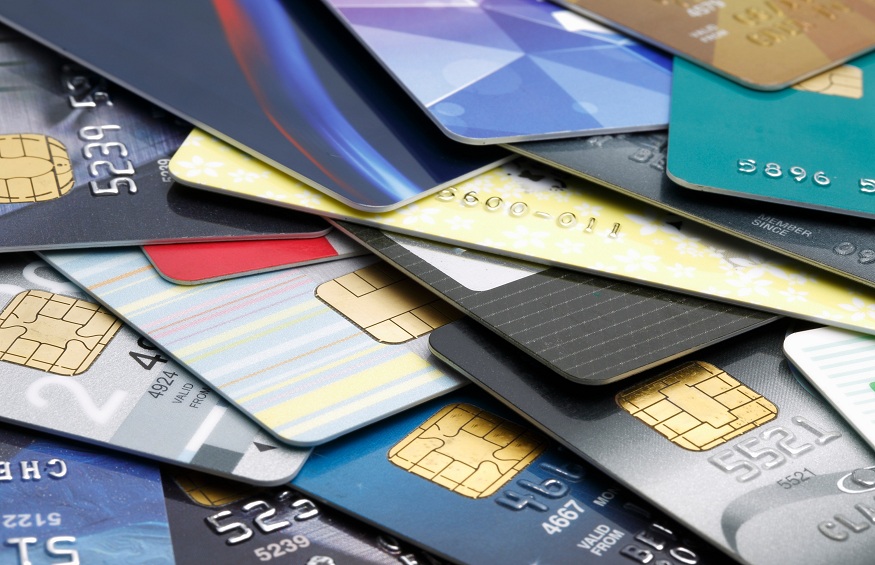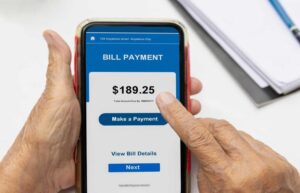5 Amazing Differences Between Debit Cards and Credit Cards

In the last five years, India has seen a boom in consumer spending, with India entering the digital era of making payments, and India’s government ardently pushing for transparency in monetary transactions. April 2020 saw the number of debit cards in use at 829.4 million in India. This was an 800,000 card increase over cards used in the previous month of March 2020. At that very time, 57.4 million credit cards were in use. According to the Reserve Bank of India, this number showed a loss of 300,000 credit cards compared to the previous month of March 2020. The period between May 2019 and April 2020 saw an increase in credit cards by the addition of 9.4 million credit cards, but there was a decrease of use in debit cards by about 30.9 million or so. Indians have embraced credit cards and debit cards, and seem to like the way they work for them. If you don’t have one, it’s time to get a credit card.
Basic Difference
While debit cards are also ATM cards, given to users when they open a bank account, they let you make purchases at points of sale, and amounts get directly debited from your bank account. Credit cards work differently, and give Indians the chance to “buy currently and pay afterward”. The credit card payment is a purely cashless payment for the consumer at the time it is used. The user gets 45 days of credit to pay it back (when the credit card bill is issued to the user). It isn’t linked to your bank account, and you can buy what you want, whether you actually have funds in your bank account or not. If you want a credit card, it’s vital to know the difference between a credit card and a debit card.
Differences in Plastic Money
There have always been phases in which debit card use has seen a rise over credit card use. Experts speculate that this is true as Indians are not major risk-takers and don’t want to overextend themselves while spending money. With debit card use, consumers will tend to spend only as much as they have in their bank accounts because amounts get debited when the card is swiped. In the case of credit cards, there’s no limit on amounts you spend, as long as they are within the cash limit specified on the credit card.
Differences You Should Know About
Credit and debit cards look nearly the same. Both have 16-digit card numbers, dates of expiry, and personal identification numbers or PINS. Both are convenient options of payments at stores or online. The key difference is that debit cards let you spend by drawing amounts from your bank deposits. Credit cards permit you to pay for your purchase by borrowing money from the card issuer up to a limited amount. With a credit card, you can also withdraw cash. Here are the main differences between a credit card and a debit card, and these may affect which you choose to use in the future:
- Protection – Credit cards offer better security and consumer protection against fraudulent activity compared to debit cards tied to a bank account. When users report loss or theft in time, credit cards can be blocked, without the maximum liability amounting to much.
- There is no annual fee payment when you use a debit card, but credit cards may incur an annual fee, though most do not these days.
- Debit cards are not linked to special purchases, nor used for specific purposes. Credit cards come in many types, like standard credit cards, rewards cards, charge cards, etc.
- Rewards cards offer cash back, points you earn when you spend on travel-related expenses, and the like. Credit cardholders reap more benefits and perks that are unavailable for users of debit cards. Some of the perks offered by credit cards include insurance against items purchased, as well as additional warranties above those that the retailer or brand offers.
- Credit cards may incur additional charges when you use them at ATMs, while debit cards don’t if you use them at their own bank’s ATMs. Credit cards may also charge higher interest rates on EMIs than debit cards.
Great Credit Card Option
Get a credit card today, and opt for one of the best — the Bajaj Finserv RBL Bank SuperCard. It is a credit card that offers you the chance to pay for anything from bills to medical treatment, as well as your favorite consumables and groceries. The card is tied with great offers and deals when you shop. You can get it instantly with online approval. Transform any high-end spending over 3,000 INR into easy no-cost monthly EMIs. Get personal loans up to 90 days based on your cash limit at a very nominal interest rate of just 1.16%. There is no processing fee charged. Use the SuperCard as an ATM card, and make cash withdrawals with ease with no interest charged for up to 50 days.







